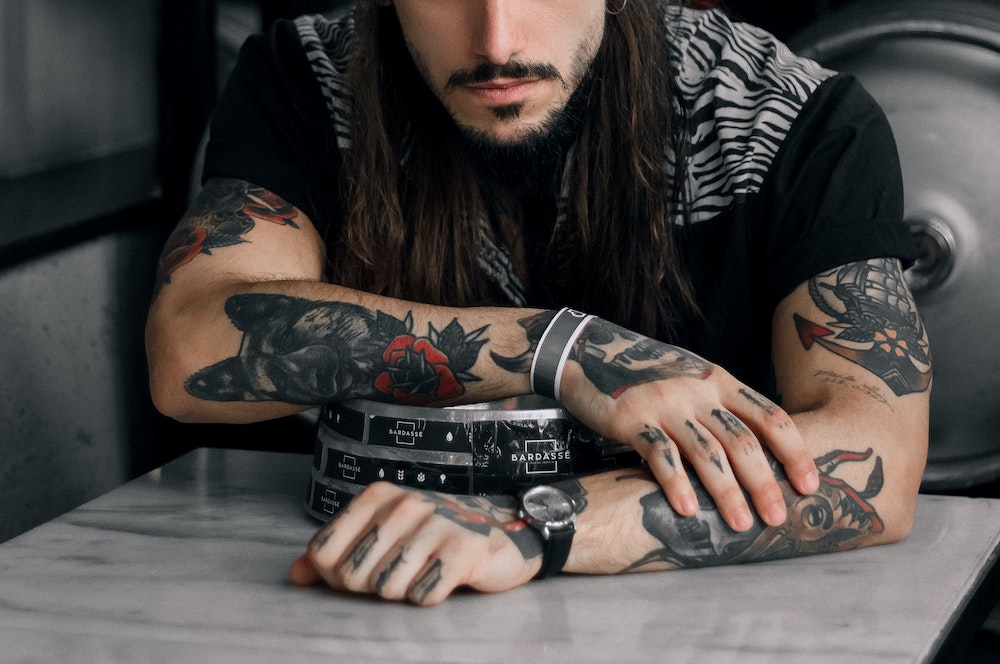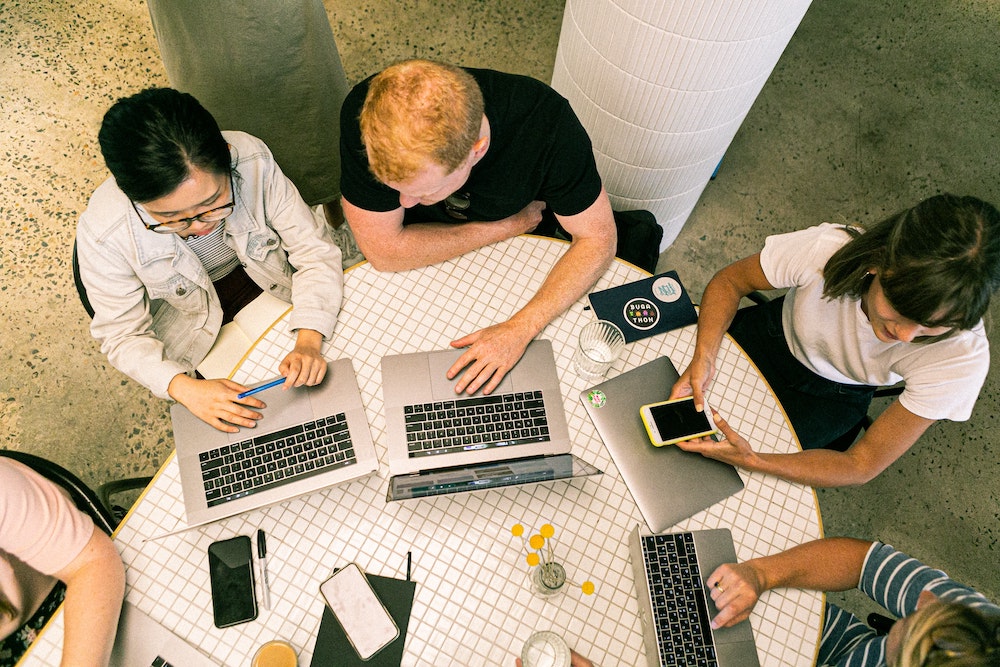Discover the rich history and cultural significance of traditional tattoos from around the world in this comprehensive guide.
Traditional tattoos, also known as old school tattoos, have been around for centuries, serving as a symbol of culture, heritage, and identity. The art of traditional tattoos dates back to the Polynesian islands, where tattoos were considered a sign of strength and courage. The tradition has been carried forward for generations and is now a popular form of body art all around the world.
Traditional tattoos are known for their bold lines, bright colors, and simple designs. The motifs used in traditional tattoos are often inspired by nature, folklore, and religion. These tattoos are timeless and have a charm that attracts people from all walks of life. In this article, we will delve deeper into the world of traditional tattoos, exploring their history, significance, and designs.
Table of Contents
- A Brief History of Traditional Tattoos
- The Significance of Traditional Tattoos
- The Designs of Traditional Tattoos
- The Process of Traditional Tattooing
- The Future of Traditional Tattoos
- Cultural Appropriation and Traditional Tattoos
- Traditional Tattooing Around the World
- Traditional Tattoos in Modern Culture
- References
A Brief History of Traditional Tattoos
Traditional tattoos have a rich history that spans across various cultures and countries. The art of tattooing was prevalent in many ancient civilizations, including the Egyptians, Greeks, and Romans. However, it was in the Polynesian islands where tattooing took on a more significant cultural and spiritual significance.
The Polynesians used tattoos to express their identity, rank, and social status. The designs were often symbolic, representing the person’s personality, achievements, and life experiences. The tattoos were also used as a form of protection, as they were believed to have magical powers that could ward off evil spirits.
When Captain Cook arrived in Tahiti in 1769, he was amazed by the intricate tattoos of the Polynesian people. He later introduced the art of tattooing to the Western world, and it became popular among sailors and merchants who travelled to the Pacific islands. These early tattoos were simple designs, such as anchors, swallows, and nautical stars, and were often used to mark the sailor’s voyage.
In the early 20th century, traditional tattoos gained popularity among the working class. The designs became more elaborate, incorporating images from popular culture, such as pin-up girls, dragons, and eagles. Tattoo artists began to use brighter colors and bolder lines, creating a style that was uniquely American.
The Significance of Traditional Tattoos
Traditional tattoos hold a special significance for those who wear them. The designs are often personal and represent the wearer’s identity, beliefs, and culture. They serve as a reminder of the person’s past, present, and future, and are a symbol of their journey through life.
Traditional tattoos also have a cultural significance. They are often used to express one’s heritage and to pay homage to one’s ancestors. In many cultures, tattoos are a rite of passage, marking the transition from childhood to adulthood. They are also used as a form of protection, as they are believed to have spiritual powers that can ward off evil spirits.
The Designs of Traditional Tattoos
Traditional tattoos are known for their bold designs, bright colors, and thick lines. The motifs used in traditional tattoos are often inspired by nature, folklore, and religion. These designs are timeless and have a charm that attracts people from all walks of life.
Animal motifs
Animal motifs are a popular choice for traditional tattoos. These designs often represent strength, courage, and loyalty. Some of the most popular animal motifs include eagles, snakes, panthers, and lions.
Sailor tattoos
Sailor tattoos are some of the oldest and most popular traditional tattoos. These designs were originally worn by sailors to mark their journey and to bring them good luck. Some of the most common sailor tattoos include anchors, nautical stars, and swallows.
Pin-up girls
Pin-up girls are a popular motif in traditional tattoos. These designs often depict beautiful women in provocative poses. Pin-up girls are often used to represent femininity, beauty, and sexuality.
Religious symbols
Religious symbols are often used in traditional tattoos. These designs often represent the wearer’s faith and serve as a form of protection. Some of the most popular religious symbols used in traditional tattoos include crosses, angels, and praying hands.
Folklore motifs
Folklore motifs are also popular in traditional tattoos. These designs often represent legends and myths from various cultures. Some of the most common folklore motifs include dragons, mermaids, and phoenixes.
Nature-inspired motifs
Nature-inspired motifs are a popular choice for traditional tattoos. These designs often represent the beauty and power of nature. Some of the most popular nature-inspired motifs include flowers, trees, and animals.
Patriotic motifs
Patriotic motifs are often used in traditional tattoos. These designs often represent one’s love for their country and their loyalty to their homeland. Some of the most popular patriotic motifs include flags, eagles, and national monuments.
Military motifs
Military motifs are also popular in traditional tattoos. These designs often represent the wearer’s service in the military or their respect for those who have served. Some of the most common military motifs include medals, badges, and dog tags.
Lettering and script
Lettering and script are also popular in traditional tattoos. These designs often feature the wearer’s name, a loved one’s name, or an inspirational quote. The font used in these tattoos is often bold and simple, making the message easy to read.
Tribal motifs
Tribal motifs are often used in traditional tattoos. These designs often represent one’s heritage and culture. Some of the most popular tribal motifs include Polynesian patterns, Maori designs, and Celtic knots.
The Process of Traditional Tattooing
The process of traditional tattooing has evolved over time, but the basic principles remain the same. The tattoo artist uses a needle to puncture the skin and inject ink into the dermis, creating a permanent design.
The first step in traditional tattooing is the consultation. The client discusses their design with the tattoo artist, who then creates a sketch of the design. Once the client approves the sketch, the tattoo artist begins the tattooing process.
The tattoo artist starts by sterilizing the equipment and preparing the area to be tattooed. They then use a stencil or freehand drawing to create the design on the skin. The tattoo artist then dips the needle into the ink and begins to puncture the skin, creating the design.
Traditional tattooing can be painful, and the amount of pain varies depending on the location of the tattoo and the individual’s pain tolerance. The tattoo artist may apply a numbing cream to the area to reduce the pain.
After the tattoo is complete, the artist will clean the area and apply a bandage. The client will be given aftercare instructions, including how to care for the tattoo and how to prevent infection.

Traditional tattoos are known for their bold lines, bright colors, and simple designs. The motifs used in traditional tattoos are often inspired by nature, folklore, and religion. These tattoos are timeless and have a charm that attracts people from all walks of life.
The Future of Traditional Tattoos
Traditional tattoos have been around for centuries and show no signs of fading away. The popularity of traditional tattoos has only increased over time, with more and more people choosing to get inked.
However, traditional tattoos have also evolved over time, with new designs and techniques emerging. Tattoo artists are now using modern equipment, such as tattoo machines and digital design software, to create intricate and detailed designs.
In recent years, traditional tattooing has also gained recognition as an art form. Traditional tattoo artists are now exhibiting their work in galleries and museums, showcasing the beauty and significance of traditional tattoos.
Cultural Appropriation and Traditional Tattoos
Traditional tattoos are deeply rooted in culture and have significant meanings behind them. However, there have been instances of cultural appropriation where people from outside the culture appropriate traditional designs without understanding their significance. This has caused controversy within the tattoo community and has led to debates about who has the right to wear certain designs. It is important to be respectful and knowledgeable about the culture behind the tattoo design before getting inked.
In some cases, traditional tattoo artists have also faced issues with cultural appropriation. Some non-traditional artists have attempted to replicate traditional designs without proper training or knowledge of the cultural significance behind them. This has led to concerns about the dilution and commercialization of traditional tattooing. It is important to support and respect traditional tattoo artists who have dedicated their lives to preserving this art form.
Traditional Tattooing Around the World
Traditional tattooing is not limited to any one culture or region. It has been practiced all over the world for centuries, with each culture developing its own unique styles and designs. Some of the most well-known traditional tattoo styles include Japanese irezumi, Polynesian tatau, and Thai sak yant.
Japanese irezumi is a traditional tattoo style that dates back to the Edo period. It features bold and intricate designs, often depicting mythological creatures and deities. Polynesian tatau is a form of traditional tattooing that originated in the South Pacific. It features intricate geometric designs and is often used to mark important milestones in a person’s life. Thai sak yant is a traditional tattoo style that features sacred geometric designs and Buddhist prayers. It is often performed by monks and is believed to offer protection and good luck.
Traditional Tattoos in Modern Culture
Traditional tattoos have remained popular throughout history, but they have also become a part of modern culture. They are often seen on celebrities, musicians, and athletes, making them more mainstream. This has led to a resurgence in traditional tattooing, with more people than ever before getting inked.
Traditional tattoos have also become more accepted in the workplace. Many employers now allow visible tattoos, which has made it easier for people to express themselves through their body art. This has led to an increase in demand for traditional tattooing and has helped to promote the art form to a wider audience.
In conclusion, traditional tattoos have a rich history and are deeply rooted in culture. They have evolved over time, but the basic principles remain the same. Traditional tattoos are bold, colorful, and often have personal or cultural significance. They have become a part of modern culture and show no signs of fading away. It is important to respect and appreciate the cultural significance behind traditional tattoo designs and to support traditional tattoo artists who have dedicated their lives to preserving this art form.
Traditional tattoos are a timeless form of body art that has been around for centuries. The designs are bold, colorful, and often have a personal or cultural significance. Traditional tattoos hold a special place in the hearts of those who wear them, serving as a reminder of their past
References
- Becker, A. (2015). The Tattooed Temple: Understanding the Spiritual and Cultural Significance of Traditional Tattoos in Thailand. Journal of Contemporary Religion, 30(3), 417-430.
- DeMello, M. (2013). Inked: Tattoos and Body Art around the World. ABC-CLIO.
- Fernandez, S. (2018). Tattoos in Traditional Societies. In The Oxford Handbook of the Archaeology and Anthropology of Rock Art (pp. 865-876). Oxford University Press.
- Gell, A. (1993). Wrapping in Images: Tattooing in Polynesia. Oxford University Press.
- Gilbert, S. (2019). Japanese Tattooing: History, Culture, Design. Tuttle Publishing.
- Honwana, A., & de Boeck, F. (Eds.). (2005). Makers and Breakers: Children and Youth in Postcolonial Africa. African Books Collective.
- Horiyoshi III. (2008). The Tattoo Designs of Japan. Editions Treville.
- Irving, R. (2008). Indian Ocean Inmates: Isleños in Colonial Louisiana, 1763–1803. LSU Press.
- Kelton, P. A. (2013). Tattooed bodies and markings of identity among soldiers, sailors, and slaves. Journal of Social History, 46(2), 372-396.
- Kluge, C. (2018). Colonialism and the Revival of Traditional Tattooing in Papua New Guinea. Pacific Studies, 41(2), 188-208.
- Morris, T. (2013). Body Art: Tattooing and Piercing. The Rosen Publishing Group.
- Mifflin, M. (2013). Bodies of Subversion: A Secret History of Women and Tattoo. PM Press.
- Rubin, A. R. (2014). Marks of Civilization: Artistic Transformations of the Human Body. Reaktion Books.
- Schildkrout, E. (2019). Skin deep: tattoos, the body, and the law. In The Oxford Handbook of Law and Humanities (pp. 787-799). Oxford University Press.
- Williams, A. (2019). The Rise of Traditional Tattooing in the Philippines. Skin Deep Magazine.
- The 19 Best Greek Restaurants in Chicago - June 22, 2023
- Oceangate CEO Stockton Rush: Driving Innovation at OceanGate - June 22, 2023
- Midjourney: Generative AI Image Generator - June 21, 2023


